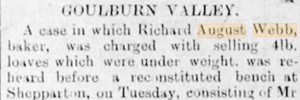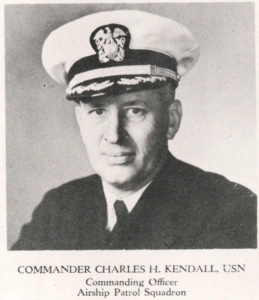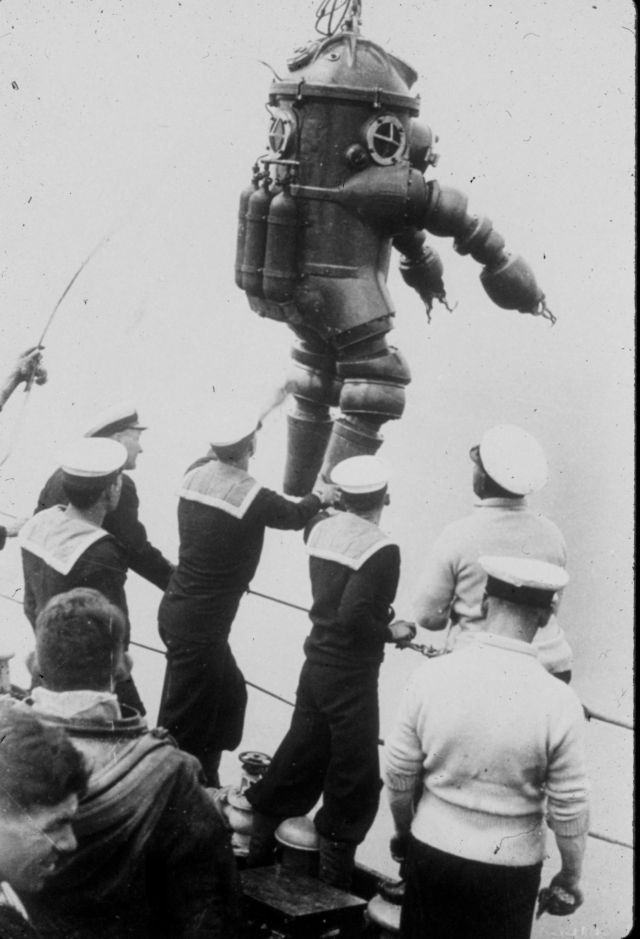According to https://www.abc.net.au/news/2022-07-30/somerton-man-researcher-rules-out-link-to-wife/101281666, Carl Webb and Dorothy Jean Robertson were (according to their marriage certificate) married on October 4, 1941 at St Matthews in Prahran, when Carl was 35 and Dorothy was 21: they were living on Domain Rd in South Yarra. (Note: Trove gives you far more hits with “Domain Rd” than with “Domain Road”, but I haven’t found any small ads from there.)
Yet most of the Webb-Robertson family trees that have quickly sprung up in the last few days (e.g. the one on familysearch maintained by “MichaelBennett14”) seem to think she was born in 1905 or 1907 and died in 1965 or 1996. So… what did actually happen? Who was Dorothy Jean Robertson?
The Candidates
According to findagrave.com, a Dorothy Jean Robertson died on 1 Jun 2001 aged 80–81 in Hornsby, Hornsby Shire, NSW. However, there were at least two Dorothy Jean Robertsons in NSW who first appear in the electoral rolls in 1943, one in Cargelligo, the other in Bathurst. The former was likely Dorothy Jean Robertson born 2 Aug 1921 in Ardlethan (no date of death given, but the user family tree says that she died near Lake Cargelligo). So my current guess is that the Hornsby DJR was the Bathurst DJR (and that she therefore wasn’t the DJR we’re looking for), but please feel free to correct me.
I’m 99% certain we can rule out the Dorothy Jean Robertson who was the only daughter of Mrs and Mrs A. Robertson (of 20 Perth-st, Prahran), because she was due to marry William McKerchan (only son of Mr and Mrs T H Hardwick, of 157 Moore-st, Ararat) on 12 April 1947 at St Matthews’, Prahran. Which, given that ‘our’ DJR was still married (albeit not happily) in 1947 would be tricky.
Similarly, we can rule out the Dorothy Jean Webb who died in Colac on 19 Nov 1996, because she was buried with her husband Stanley Douglas Webb (courtesy of billiongraves.com). And to support that, there’s a long series of electoral roll references to the two (plus Leslie Douglas Webb and Beatrice Mary Webb) at 413 Cooke-st, Ballarat West (e.g. 1949, 1963, 1968, 1972, 1980).
So we’re kind of left (unless you know better) with the widow called Dorothy Jean Robertson who died in 1965 in Balwyn (according to PROV), though if she was born around 1920, you’d probably think that that was quite young. And archives are almost by definition incomplete, so the notion that we’ve eliminated all other alternatives would be rather foolish. Hence we now need to take a different tack to make any progress…
A Second Marriage?
In 1952, Dorothy Jean Webb divorced Carl Webb in absentia: but did she subsequently remarry? Ancestry.com and familysearch don’t seem to have any Dorothy Jean Robertsons getting married in Australia in 1952 to 1972 (and the same for Dorothy Jean Webbs).
But I had a plan: I went into ancestry.com and brought up all the women called “Dorothy Jean” in the 1954 Electoral Roll in Victoria (the South Australia electoral rolls only really go up to 1949, so they weren’t any use for what I had in mind). Then – cunningly, I thought – I’d be able to search the list for any chiropodist.
Except… if you put anything in the Keyword field (e.g. hoping to pick up, say, “machinist” or “teacher”), Ancestry doesn’t have them in the index. So (unless you know better) it seems that you can’t actually search for occupation in these Australian electoral roll. Which, as we say in the UK, is a bit ‘pants’.
Regardless, I decided to soldier on: how bad could manually searching through 1392 Dorothy Jeans in the 1954 Victoria Electoral Rolls be? Let’s just say that after 350 non-chiropodists, I gave up with eyestrain and headache. Maybe I’ll continue another day (or maybe I won’t).
So: while it’s possible she remarried in 1952 or later, I haven’t yet seen any evidence that supports this.
The Bute Connection?
According to Derek Abbott, by 1951 Dorothy Jean Webb had moved to Bute in South Australia. However, the South Australian electoral rolls only really go up to 1949 (and even then only patchily): and there seem to be only two Dorothy Jeans listed in Bute (Dorothy Jean White and Dorothy Jean Snodgrass, both in 1939 and 1941). And even if you search for “Robertson” in Bute’s electoral rolls, you get zero results.
So while it’s entirely possible that Dorothy Jean Webb did indeed move to Bute, it seems that the electoral rolls are so sketchy around there for that time period that we can’t use them to try to track her.
What else might we try to use a connection between Bute and the Robertsons? Searching findagrave.com (and billiongraves) for anyone with the surname Robertson buried in Bute yielded only two people:
- David Martin Robertson, 1932-2002 (at Ashford Hospital, according to the ‘Tiser)
- Lynette Ruth Robertson, 1930-2012 (at Moonta Hospital, according to the ‘Tiser)
A MyHeritage family tree says that David Martin Robertson’s parents were Thomas Robertson and Mary Robertson (nee Spence), and that Lynette Ruth Robertson (nee Hocking) was his wife.
Ancestry.com also had:
- Lily Robertson, d. 25 Aug 1910
OK, it’s clear I’m making heavy weather of this, so I’m guessing that Derek Abbott has some specific information here that I’m not aware of. Perhaps all this stuff will come out over the next few days.
*** Update ***
Retrying the same keyword search for “Dorothy Jean” and “chiropodist” via the FindMyPast search interface was much more successful. Even though the keyword match triggers if “chiropodist” is anywhere on the same page, this was enough to reduce the number of hits to manually go through to a mere 7 (down from 1392).
Alas, the only actual Dorothy Jean who was listed as a chiropodist anywhere in the electoral rolls was Dorothy Jean Webb, for the year we already knew about. So this was a nice idea that didn’t actually work out.






















